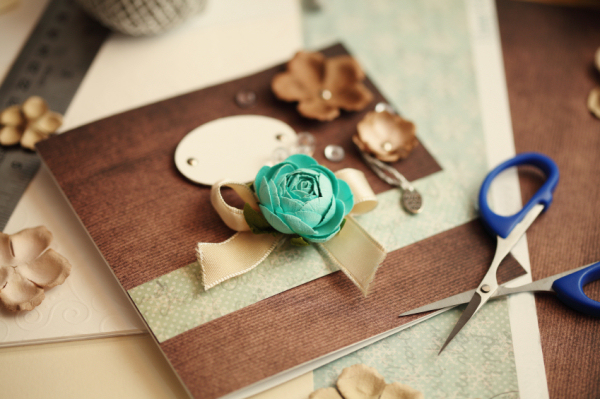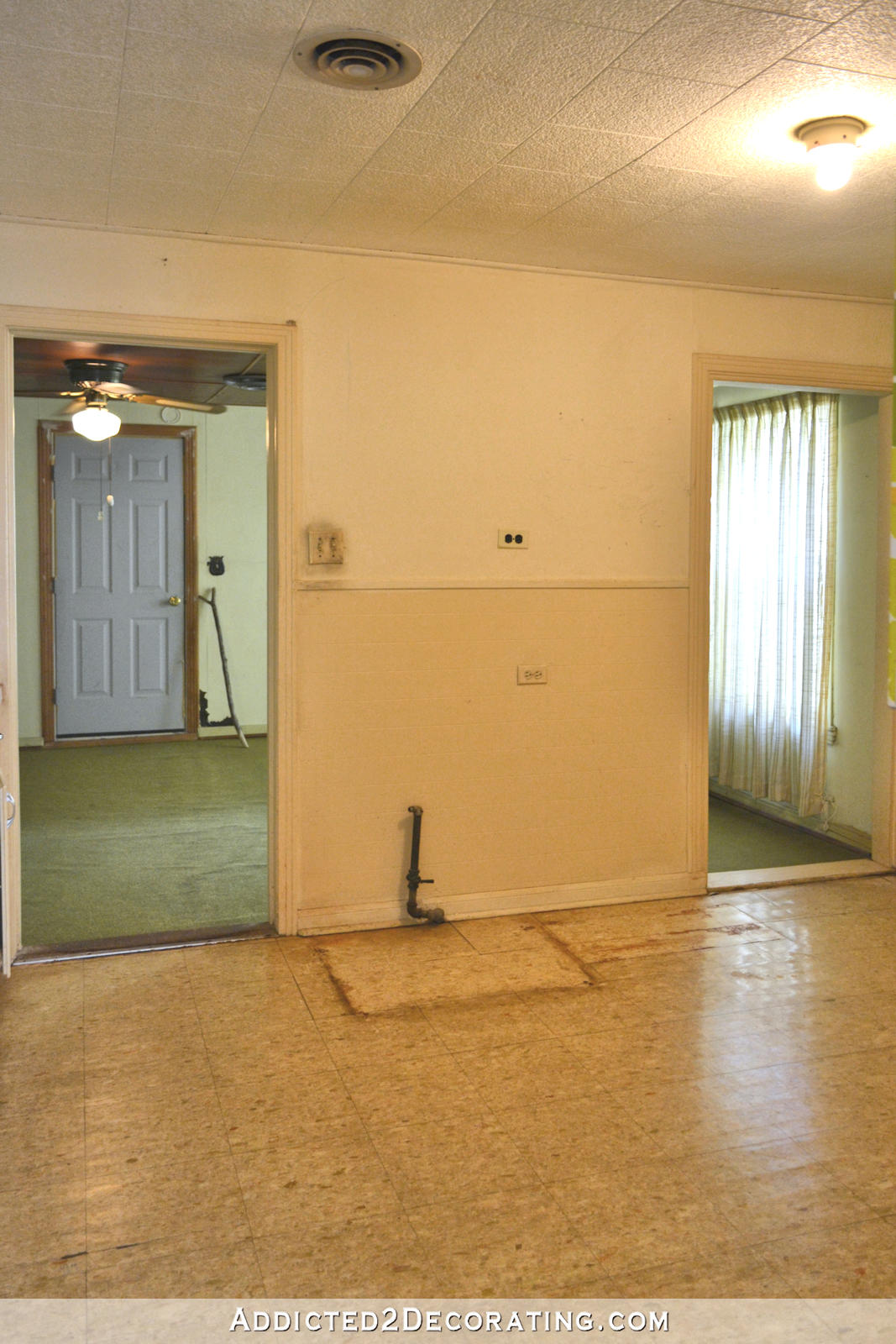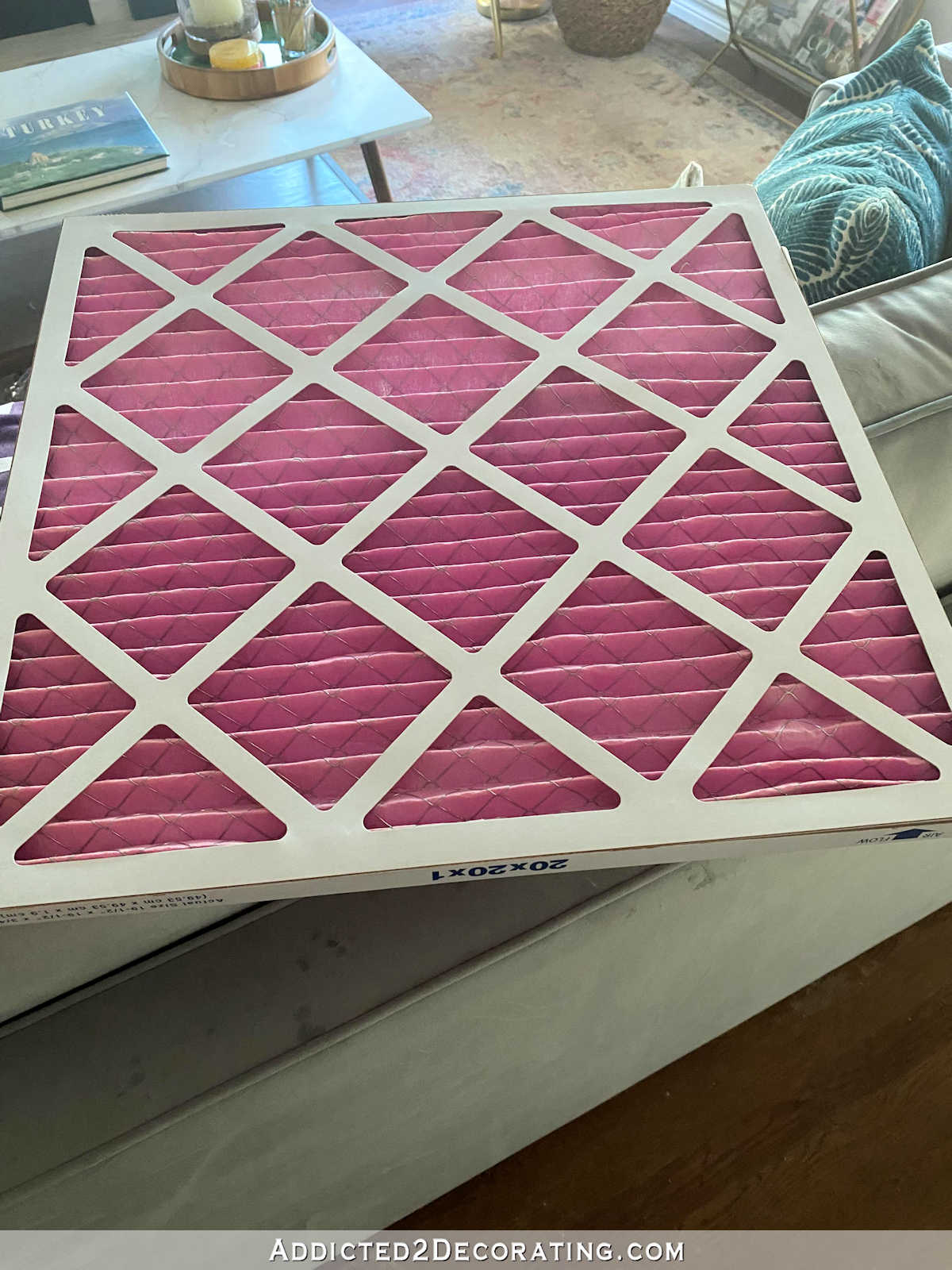A Crafty Way To Transform Your Home
By Polly Vaughan
Craft is back, in a big way – while it was once the preserve of your slightly odd maiden aunties who had too much time on their hands, it’s now both fashionable and practical to know how to make things. It’s eco-friendly too if you’re re-using old fabrics and recycling materials you’d otherwise have thrown away and giving items a whole new lease of life.
Sewing, knitting and crochet classes are popping up all over the place, and people are finding the fun in making things for their home. I’ve recently taken up knitting; I’ve already made a bag and toys for the kids, and I’m currently making a hot water bottle cover for my mum. And – just as my grandmother did – I’m even about to unravel the wool from an unwanted cable-knit jumper which has become misshapen with age, and reuse this for at least one pair of toasty-warm socks.
Once you get the bug, there’s no stopping you – and you can fuel your addiction by browsing the many excellent home style and craft blogs, Pinterest boards and other online inspirations. From making new cushions out of vintage scarves to reupholstering tired old armchairs, revamping tatty furniture or whipping together odds and ends of material to make a stunning patchwork quilt, I’ve been transfixed by ideas and spent far too long watching how-to YouTube videos.
Want to learn how to crochet squares or neatly re-cover a dining chair? How about the best techniques for darning, or hemming a tablecloth? It’s all here online, though of course, it’s more social to join a local class or craft group and make a few new friends while you’re at it. Many community craft projects and sessions will be as much about eating cake (homemade, obviously) and gossiping as the finished products, which is not necessarily a bad thing at all.
Problem is, taking up craft does encourage all my worst instincts for hoarding and collecting. Like my granny, I now have a series of button jars (into which I regularly dip for emergency replacements or to brighten up an otherwise dull garment), a large wicker basket of fabric scraps, and piles of material rapidly building up around the house. It’ll come in useful for something one day, as the saying in our family goes. Sausage dog-shaped draught excluders, ‘50s-style aprons, padded coat-hangers to protect my fragile vintage silk dresses, strings of bright bunting? I’ve got plans for it all…
Crafting is a great way to transform your home without spending too much money. But one thing it makes sense not to skimp on in your household is quality home building insurance, which can help protect your home, offering invaluable cover for hazards such as storm damage or flooding. There is also the reassurance that if you do have a valid claim, the insurer can help you find approved repairers to help sort things out.
This is a sponsored post Issued by Sainsbury’s Finance
About the author: Polly Vaughn is a freelance consumer journalist who has worked for magazines, online media and in TV; a keen gardener, cyclist and (very) amateur musician, she is continually redecorating and refurnishing her house, and loves hunting around flea markets, car boot sales and charity shops for vintage bargains.
Addicted 2 Decorating is where I share my DIY and decorating journey as I remodel and decorate the 1948 fixer upper that my husband, Matt, and I bought in 2013. Matt has M.S. and is unable to do physical work, so I do the majority of the work on the house by myself. You can learn more about me here.







Fourier transform is used to move a function FROM “amplitude as a function of time” TO “amplitude as a function of frequency”. The Transform is an easy method of decomposing a signal into its components. So one can say that Fourier?s work is to an electrical signal what an optical prism is to light.
Ummm, has someone added to your blog? High jacked it?